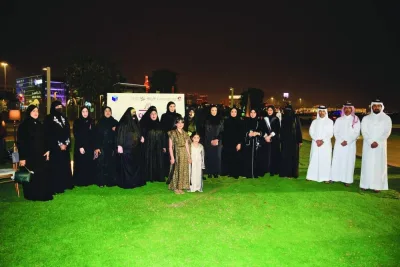This week, Airbus celebrates its 50th birthday. From humble beginnings, the manufacturer has grown to become a company recognised as one of the world’s most successful plane makers. While it’s main competitor Boeing is 50 years older in age, Airbus and Boeing maintain a competitive relationship that sees the two manufacturers neck-and-neck throughout the year, as they battle for orders, and race to deliver aircraft around the globe.
Airbus came into being as a commercial aircraft consortium 50 years ago — combining France, Germany, Spain and the UK for manufacturing. Now 50 years later, the company has a production and manufacturing presence in countries including China, the US, and Canada. It has evolved and driven how we travel by air today, and has brought us aircraft such as the A380 — the world’s first superjumbo jet — which notably wasn’t quite the commercial success Airbus had hoped for, but remains a passenger-loved jet in terms of onboard experience and still prompts spectators to pause and gaze to the skies when one takes flight in its almost majestic, effortless manner.
The company was the first in the world to introduce the first twin-aisle, twin-engined aircraft during an era when long-haul jets were only equipped with gas-guzzling four engines. It also brought us the first fly-by-wire aircraft — the Airbus A320, the world’s best-selling short-haul aircraft.
Airbus has continued to soar in terms of its reputation, its reliability and its ability to manufacturer jets that have contributed to the success of hundreds of airlines worldwide. As air traffic doubles every 15 years, the pace at Airbus is maintained to ensure it is able to meet the demands of how we fly today, tomorrow, and in the future.
I’m at Airbus’ largest site in Toulouse, South of France, every few weeks or so, and have been a part of the delivery of hundreds of Airbus aircraft. For me, Airbus is part of the beating heart of the global aviation industry. There isn’t anywhere on Earth like its manufacturing site in Toulouse, whereby over 20,000 employees from all backgrounds mix with the world’s airlines (Airbus’ customers), suppliers, engine makers, cabin designers, engineers, consultants, flight test crew, and more to reach one end goal: the successful delivery of an aircraft that will depart the ‘Delivery Centre’ in Toulouse and go on to start a new life at an airline.
When I’m part of an Airbus aircraft delivery, I often take a moment on the delivery flight (the flight to the home of the airline customer, once the aircraft has finished all production and testing at Airbus) to reflect on how millions of passengers will fly on a single aircraft once it enters service. Where I would have witnessed the aircraft being assembled piece by piece, the finished jet will now go on to help make the world a smaller, more connected place. Passengers will fly on the jet to visit loved ones. Others will travel to sign an important business deal, boosting economies, and creating jobs. For some, the aircraft will be the first part of a much-needed break — a symbol for ‘departing’ their everyday routine, and landing in to new horizons.
Fifty years later for Airbus, 100 years for Boeing, and a little over that for aviation as a whole — it’s important to highlight that despite the politics and instability the world appear to be witnessing right now — the true magic of aviation is still here, alive and well — it’s just doing its job so well as the safest form of transport that it’s often easy to forget how lucky we are to have the concept of flight.
For Airbus, it’s to the next 50!
*The author is an aviation analyst. Twitter handle: @AlexInAir



